Prague's Favorite Writer: Franz Kafka
Of all the various writers who have connections to Prague, Franz Kafka is certainly the most famous. His work changed the face of literature, his name has become an adjective, and his hometown--justly--celebrates him in various ways throughout the city. In addition to the official monuments and memorials, there are cafes, galleries, hostels--there's a "Kafka" everything in Prague.
And yet. As with almost everything in Kafka's life, his relationship to his home city was...complicated. He was a German Jew who lived in the capital of Bohemia (then part of the Austrio-Hungarian Empire) and learned Czech as a second language, though he spoke German with a Czech accent. He lived during the peak of Czech nationalism, dying after the founding of the new Czechoslovak Republic, but while he identified with Prague, he did not identify as Czech and he only wrote in German. Obviously, his life and his works--and even his relationship with Prague--have been analyzed to the point of absurdity. If you want that, you can find any number of books and doctoral theses. This is just a walkthrough of the places you might want to go in Prague if you want to do your own Kafka-themed walking tour.
Kafka was born and raised footsteps from Staroměstské náměstí -- the Old Town Square -- in Josefov, which was at the time the Jewish quarter of the city. The house he was born in was torn down just before the turn of the 20th century when most of the Jewish ghetto was razed, ostensibly for hygienic reasons, with only the stone entranceway seen in the picture below at the right remaining. However, the location is now the site of Náměstí Franze Kafky -- Franz Kafka Square.
There's nothing especially Kafkesque about the square, which largely serves as an entrance to the Old Town Square, and it's easy to miss the sign and small statue that mark it. The bust was made in 1966 by the sculptor Karel Hladík, who made a number of pieces around the city and reads, "Franz Kafka was born here, 3rd of July 1883."
Close by, in Josefov, there's a larger statue that feels more appropriate to the man--or rather, to his works.
Situated near the Spanish Synagogue, the memorial was installed in 2003 and is the work of the sculptor Jaroslav Róna. It's modified from an image in Kafka's early story "Description of a Struggle," in which the narrator jumps on an acquaintance's back and rides him like a horse through the streets of Prague. Róna adapted that idea and made Kafka himself the rider and turned the acquaintance into an empty suit, likely an image of Kafka's fixation on impersonal beauracracy.
Just south of the Old Town, in the busy business district centered around the street called Národní (National), is the largest statue of the writer in the city, which I first encountered almost three years ago.
Variously known as either the "Head of Franz Kafka" and the "Statue of Kafka," this is an almost 11 meter (36 feet) tall mechanized statue by Prague's favorite sculptor, David Černý, who I'll get to one of these days. Unveiled in 2014, it's composed of 42 separate layers (why 42, I can't say) of highly reflective metal and is a testament to the value of kinetic sculpture. The layers move independently according to 15 different pre-configured programs, creating a genuine sense of randomness. The inspiration was Kafka's most famous story "The Metamorphosis," and it's easy to watch the statue form a human face only to dissolve again into abstract chaos and feel Kafka's influence.
For an in-depth, if quite scholarly, overview of Kafka's life and works, visitors can find the Franz Kafka Museum in the Malá Strana.
This privately owned museum contains a very thorough detailing of the writer's life and his environment, though, when my friend and I visited a few years back, we both felt it didn't do as good of a job talking about his works. Moreover, the entrance fee is a rather steep 260 CZK; for comparison, 500 CZK allows visitors to visit *all* the permanent exhibitions at every location of the National Gallery in Prague for 10 days. My advice? Skip the museum unless you're a true fan of Kafka and want a greater insight into his life.
Lastly, a few kilometers east of the tourist center, on the edge of the Žižkov district, is the New Jewish Cemetery. Located literally across the street from the Želivského metro station, this is where Kafka is buried, along with his parents, both of whom outlived him.
Kafka died of complications of tuberculosis in June 1924. Though he died in a sanitorium outside Vienna, his body was returned to his home city for burial. And though his relationship with his own Jewishness was, of course, complicated, he is buried in the Jewish cemetery instead of at the "national cemetery" at Vyšehrad.
Recently, I asked my well-informed, multilingual university students to think of the most famous Czech writer: none of them named Kafka. Because he wrote in German, not Czech, he is just as foreign to them--even though he is "Prague's own"--as he is to any American. It's a fitting legacy for a man who never quite seemed at peace with anything.
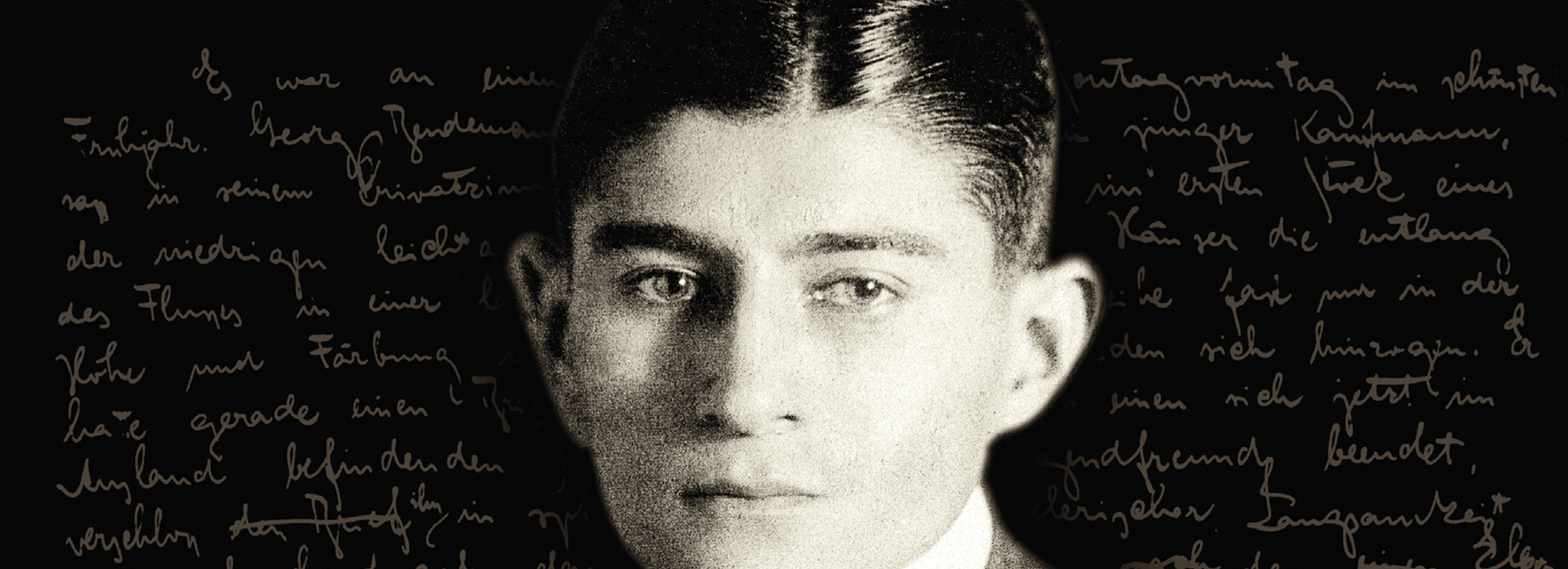

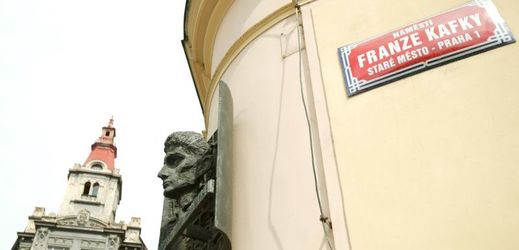
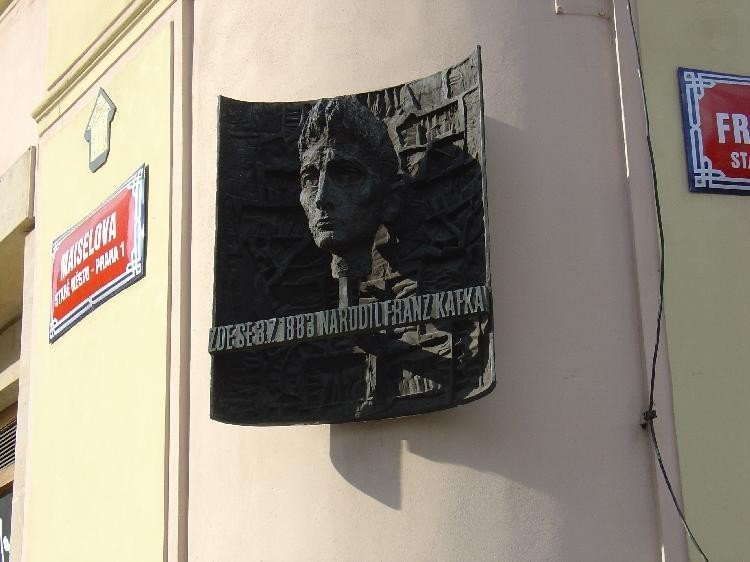
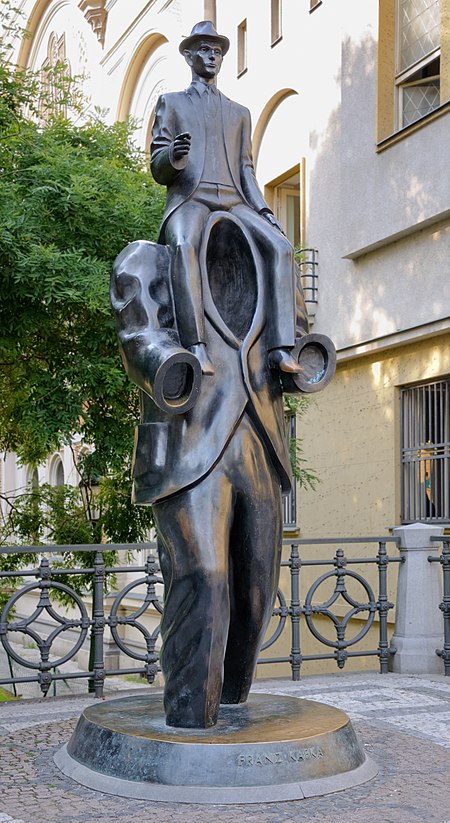

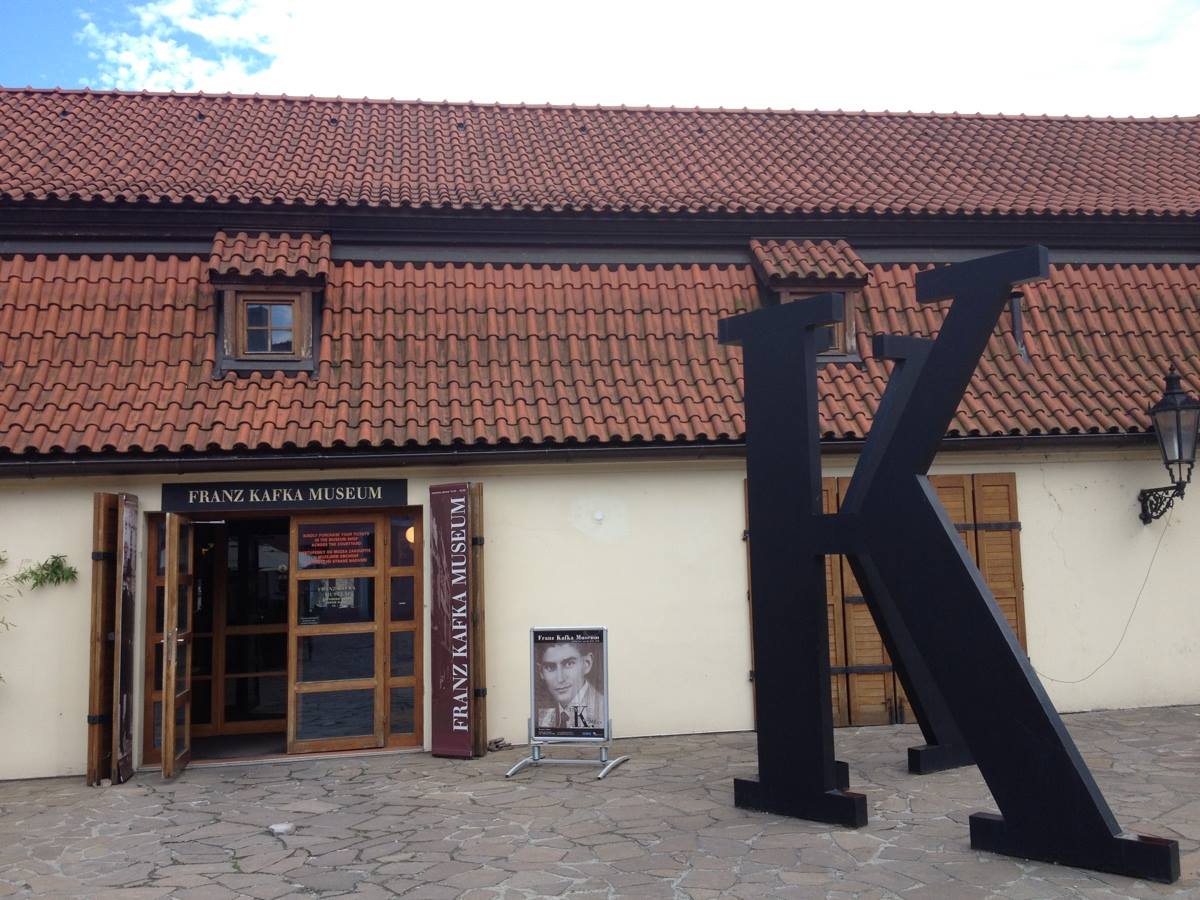



Indeed he is one of the most respected and precious writer of all the time his articles were remarkable and to the point.
ReplyDeleteluxury accommodation for international student in Nottingham